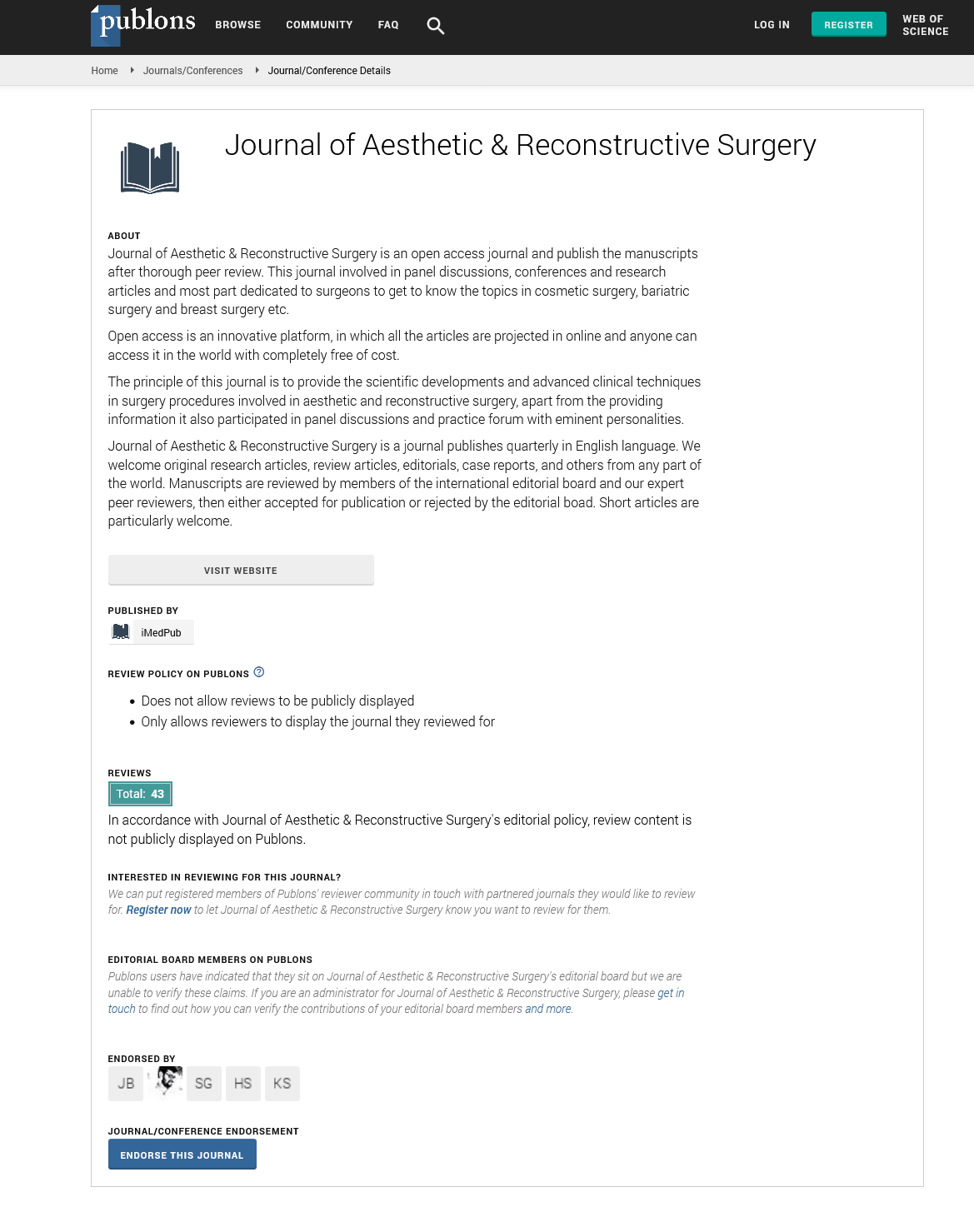Abstract
Naso-Orbital Complex Reconstruction with Titanium Mesh and Canthopexy
Context: We are introducing the reconstruction of two defects: squamous cell carcinoma located on the dorsum and right nasal sidewall, and sclerodermiform basal-cell carcinoma in the nasolabial fold and the nasal ala on the same side.
Case report: After removing the first tumor, we reconstructed the bone with a titanium mesh. We joined the two tarsi anchoring to the titanium mesh in order to create the internal canthal ligament. The second defect was reconstructed in different levels. For the nasal lining reconstruction, we designed a transposition flap over the nasolabial fold; leaving a pedicle that supplied nutrients to the flap which was turned 180º. The skin defect was reconstructed with a pedicled transpositional flap taken from the healthy skin betwaeen the two defects. The resulting skin defect was replaced by a paramedian forehead flap. The titanium mesh supplies a support for the neo-canthal ligament that provides an adequate opening of the eye lid and to avoid visual dysfunction and canthal dystopia.
Conclusion: The titanium mesh is a malleable system that provides an adequate support if there is lack of bone support. When the nasal defect is small but fullthickness, the cartilage substitution is not needed, because the used nasolabial and the paramedian forehead flaps provided enough consistency.
Author(s):
María Genma Pérez Paredes, Alicia Pérez Bustillo, Beatriz González Sixto, Manuel Ángel and Rodríguez Prieto
Abstract | Full-Text | PDF
Share this

Google scholar citation report
Citations : 130
Journal of Aesthetic & Reconstructive Surgery received 130 citations as per google scholar report
Journal of Aesthetic & Reconstructive Surgery peer review process verified at publons
Abstracted/Indexed in
- Google Scholar
- China National Knowledge Infrastructure (CNKI)
- Directory of Research Journal Indexing (DRJI)
- WorldCat
- Publons
- Geneva Foundation for Medical Education and Research
- Secret Search Engine Labs
- Euro Pub
Open Access Journals
- Aquaculture & Veterinary Science
- Chemistry & Chemical Sciences
- Clinical Sciences
- Engineering
- General Science
- Genetics & Molecular Biology
- Health Care & Nursing
- Immunology & Microbiology
- Materials Science
- Mathematics & Physics
- Medical Sciences
- Neurology & Psychiatry
- Oncology & Cancer Science
- Pharmaceutical Sciences


